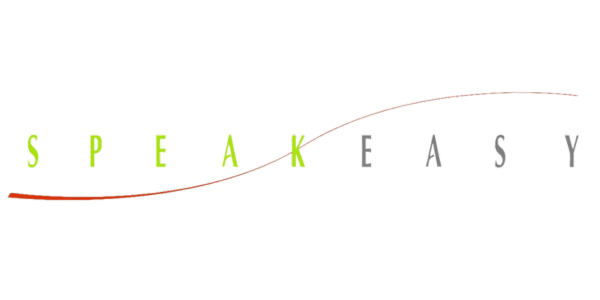
14 May The Importance of Non-verbal Communication Skills in Conflict Resolution
Reading Time: 2 minutesConflict in the workplace is inevitable. Even within companies where employee satisfaction is high, there is bound to be both internal and external conflict. While these situations aren’t ideal, they don’t have to escalate into larger issues if you have the proper communication skills to navigate them – including non-verbal communication skills.
Leveraging the subtleties of non-verbal communication is a powerful tool to de-escalate conflicts and lead to resolution. It is often said, it’s not what you say; it’s how you say it. While verbal exchanges are essential, the unspoken cues conveyed through body language (posture and stance, positioning and alignment, facial expressions, and gestures) can play a crucial role in defusing or even preventing tensions and fostering understanding and harmony. Cultivating self-awareness is paramount. This is one of the main tenets within Speakeasy’s style and delivery programs. By being aware of and monitoring our own non-verbal signals, we can project approachability and receptivity, and encourage constructive dialogue.
During tense interactions, it is common to forget about our breathing. Maintaining calm and open body posture through relaxed shoulders and muscles, paired with conscious deep breathing, while being purposeful with gestures can not only regulate your emotional response, but also diffuse hostility, and promote a more conducive atmosphere for resolution. While mirroring the non-verbal cues of others, like matching their tone or pace of speech, can foster a sense of connection and mutual understanding, this is only as effective as one’s ability to first be introspective and aware of their own experience in the moment.
Harnessing non-verbal communication to reinforce resolution is vital for sustaining positive workplace dynamics. Once conflicts are resolved, non-verbal cues such as smiling (authentically), maintaining eye gaze, or a handshake can signify closure and reaffirm mutual respect. Maintaining consistent non-verbal behaviors that reflect transparency in daily interactions helps to build a foundation of goodwill and trust. By recognizing non-verbal communication as a tool for conflict resolution, companies can cultivate an environment of understanding, collaboration, and mutual respect among employees. While words may express our thoughts, it’s the silent language of non-verbal communication that often holds the key to resolving conflicts and fostering relationships in the workplace.
Speakeasy can help you master non-verbal communication tools to better navigate these conflicts. With better understanding of how to use these cues for yourself, and how to recognize them in others, you’ll be better equipped to find beneficial solutions and deescalate issues. We want to help you and your team achieve that. Contact us to get started!

